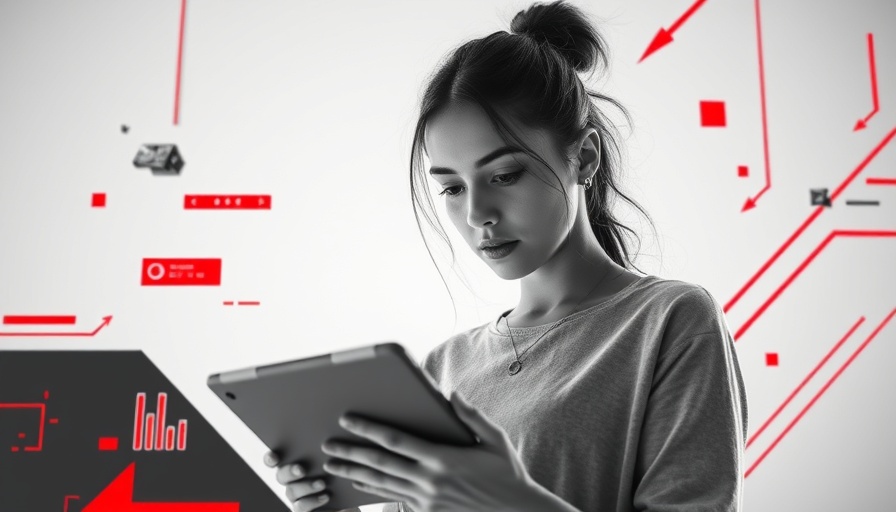
Understanding Usability Testing: A Key to User-Centric Design
Usability testing, often synonymous with user testing, is an essential technique for evaluating how real users interact with a product. This method aims to identify usability problems and gather insights that can significantly enhance a product or service’s design. In today's fast-paced digital landscape, skipping this crucial testing phase can lead to wasted resources and a frustrating user experience.
Why Usability Testing Matters
As Itamar Gilad aptly mentions, many organizations fall prey to what's termed "shiny object syndrome." They often implement features inspired by competitors without validating whether such additions would genuinely benefit their users. Usability testing breaks this cycle. By observing real users, stakeholders can pinpoint not only what features are working effectively but also where improvements are needed and how to prioritize them.
Types of Usability Testing: Finding the Right Fit
Understanding the different types of usability tests is crucial for any UX researcher or designer. Testing methods can be categorized as either moderated or unmoderated, qualitative or quantitative. Moderated usability testing involves a facilitator guiding participants through tasks, ensuring a supportive environment for insightful feedback. Conversely, unmoderated testing allows users to engage with a product in their own space, providing flexibility and convenience.
Among the strategies available are:
- Think-Aloud Protocol: Participants verbalize their thoughts while navigating a product, offering administrators immediate insights into user decision-making processes.
- A/B Testing: This method compares two variants of a design to analyze user preferences and performance metrics, facilitating a data-driven approach to design iterations.
Best Practices for Effective Usability Testing
To gain the most from usability testing, adhering to best practices is critical. It starts by defining clear objectives. These will guide the focus of the testing sessions and help participants understand what to aim for. Additionally, recruiting a diverse group of participants can yield a broader array of feedback, encompassing various user perspectives.
Another fundamental practice involves creating realistic scenarios that users are likely to encounter while using the product. Engaging in iterative improvements based on user data collected during these sessions ensures that teams can continuously refine and enhance their products.
Embracing Usability Testing for Career Advancement
For UX professionals, mastering usability testing not only sharpens project outcomes but enhances career prospects. As user experience increasingly becomes a focal point for companies, proficiency in usability testing is a highly sought-after skill. With industries evolving and new tools emerging, staying updated with usability techniques will position you as a valuable contributor to any design team.
Preparing for the Future of Usability Testing
As technology advances—think mobile apps and virtual reality—the importance of testing user interactions will only grow. Implementing usability testing strategies early on can significantly enhance user satisfaction and provide a competitive edge in the market.
For those eager to refine their skills, consider engaging in online courses dedicated to usability testing. This investment not only builds foundational knowledge but opens doors for future career advancements in the rapidly evolving UX landscape.
 Add Row
Add Row  Add Element
Add Element 


 Add Row
Add Row  Add
Add 

Write A Comment